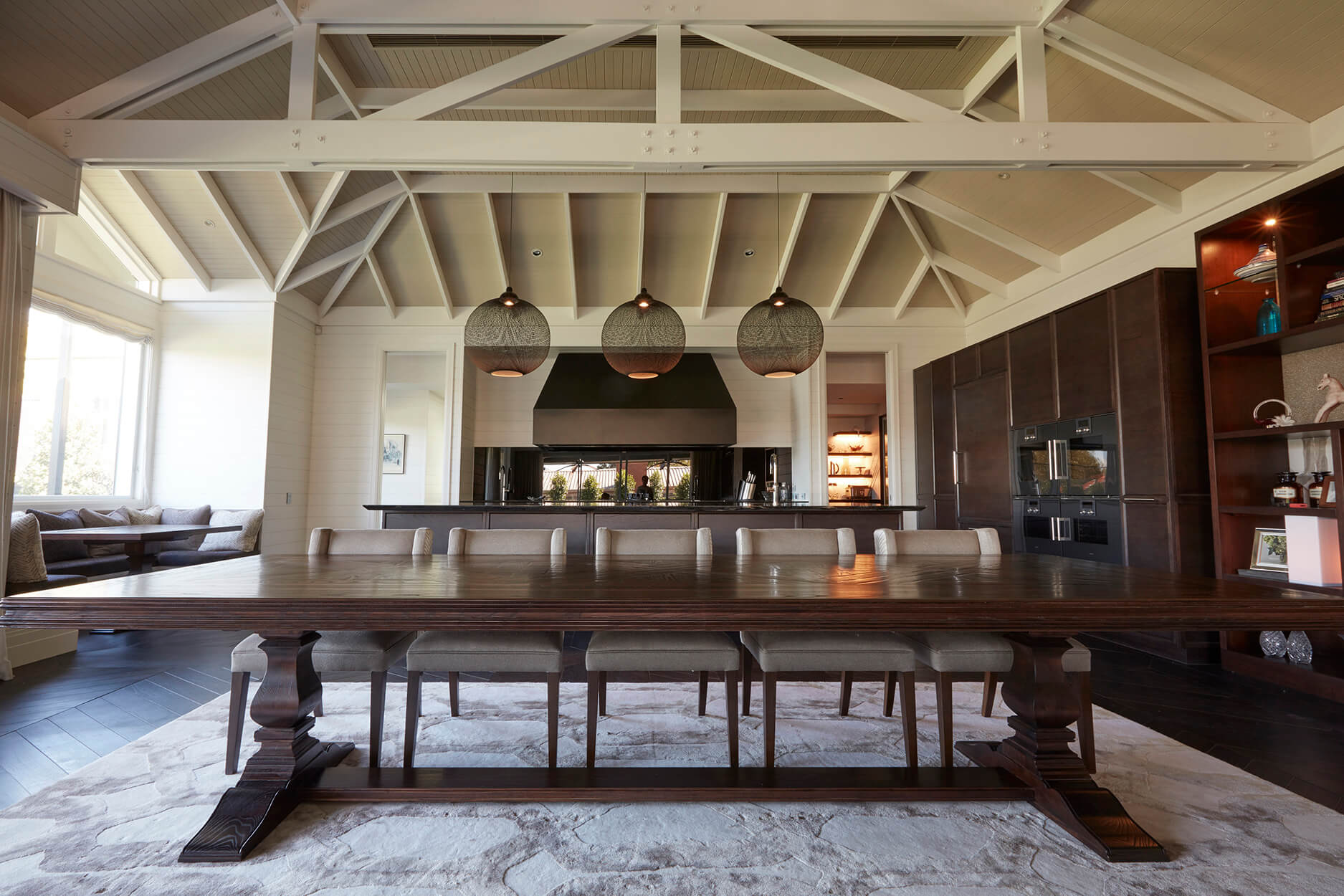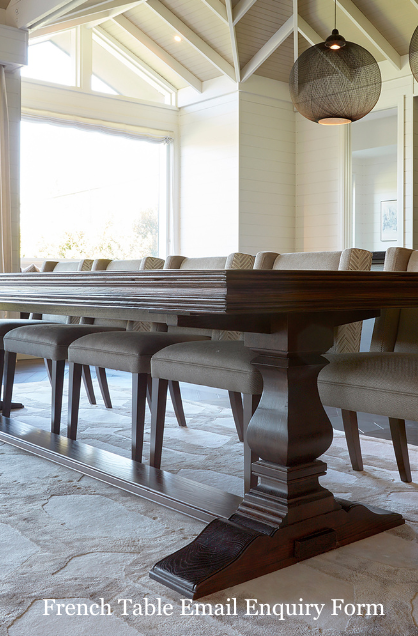More Than Just Furniture: The Parquetry Dining Table as a Work of Art
You may see a large dining table as nothing more than a spot to eat. But with time, it turns into more. It’s where friends lean in to share stories. It’s where families blow out candles or linger over long meals. It’s where crumbs, pencil marks, and memories pile up.
Most large dining tables fade into the background. They’re useful but quiet. A parquetry dining table is different. Small pieces of timber are set in repeating shapes—herringbone, squares, or diamonds—that give the top a sense of movement. As sunlight shifts, the wood grain plays along, changing through the day.
In homes across Adelaide, Brisbane, Sydney, and Melbourne, these parquetry dining tables bring warmth without drawing too much attention. They stand out, yet they don’t shout.
How It Began
Before machines sped things up, building furniture was slow and steady. In 16th-century France, craftspeople cut small blocks of wood and set them into floors like artwork. Each piece had to fit cleanly. One slip, and the whole design would fall apart. Patterns like zigzags and herringbone became their signature.
Parquetry spread beyond floors. Soon, it showed up in doors, walls, and furniture. What started in castles and stately rooms moved into homes where people valued care and detail.
That same spirit carries into modern parquetry dining tables. Workshops in Adelaide, Melbourne, Brisbane, and Sydney still keep these methods alive. Buying one isn’t just about getting timber joined with glue. It’s about owning a craft passed down through hands and years.
A hand crafted dining table doesn’t roll off a factory line. It begins with someone choosing timber with the right shade and pattern. Then come the steps—cutting, joining, sanding—all done by eye and feel. The aim isn’t spotless perfection. The aim is something true.
That’s why no two parquetry dining tables are ever the same. Each one holds its own rhythm, quiet but present. Not a copy. Something rooted, with its own life.
The Look and Feel of a Parquetry Dining Table
A parquetry table in Brisbane might glow soft and golden in the morning. By night, the wood darkens, and the patterns grow stronger. Light shifts across it, changing the mood as the day moves on. Some people stick with classic shapes, while others try bold designs. Either way, the surface seems alive, almost like it moves with the room.
This kind of hand crafted dining table doesn’t shout for notice, yet it always draws eyes. Whether placed in a timber house up in the hills or a sleek apartment in the city, it settles in with ease.
The Timber Tells a Story
Every good custom made dining table begins with real wood—oak, walnut, or ash. Sometimes makers reuse timber pulled from barns or old floors. Marks remain. A small hole, a darker line. These aren’t flaws. They’re traces of another life.
Each parquetry table in Melbourne ends up with its own character. Some glow pale and light. Others carry a darker, richer tone. What connects them is the steady work behind them—hands shaping, eyes checking, piece by piece.
Conclusion
A parquetry dining table is more than furniture. It’s craft, memory, and daily life woven into one piece. From its roots in centuries-old design to the way it shifts with light and use, each table carries a quiet presence that grows richer over time.
Built from solid timber and guided by skilled hands, no two are ever the same, and that’s what makes them timeless. If you’d like to see how this artistry can transform a space, explore the creations of Mark Alexander, a luxury interior designer and furniture manufacturer.



